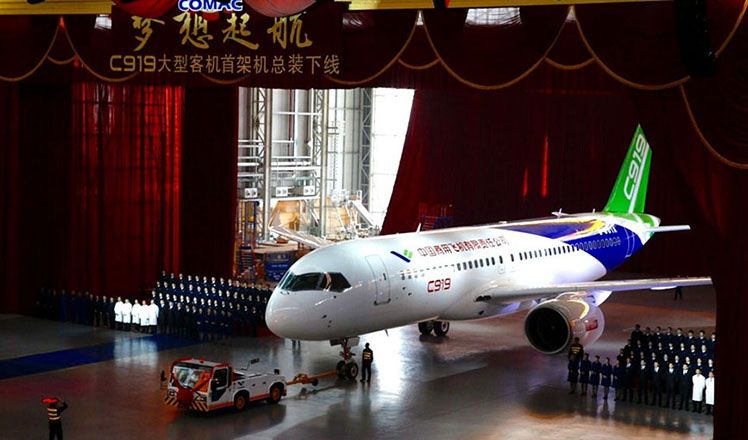Chinese scientists succeed in micro-g 3D printing test
Updated: 2016-04-13 23:04
(Xinhua)
|
|||||||||
BEIJING -- Chinese scientists have successfully tested 3D printing at microgravity, the Technology and Engineering Center for Space Utilization (CSU) announced Wednesday.
The CSU team has conducted 93 parabolic test flights in France, and printed out the designed specimen with Chinese-developed equipment and processes.
The parabolic test flights, which created a microgravity environment that lasts about 22 seconds, were facilitated by the Space Administration of Germany.
Wang Gong, technical chief of the team, said 3D printing in an environment such as this would be advantageous to space probe technology as it would enable supplies to be printed during space missions.
At present, supplies must be sent to space stations via carrier rockets or cargo spacecraft, which is both costly and time-consuming, Wang added.
Earth-bound 3D printing technology, materials, equipment and operations need to be adapted to work in space, Wang said.
The experiment team has tested five materials, including fiber reinforced polymer, which has not been tested by NASA, Wang said.
The data obtained will be important to the future of space-bound 3D printing.
The CSU team has conducted 93 parabolic test flights in France, and printed out the designed specimen with Chinese-developed equipment and processes.
The parabolic test flights, which created a microgravity environment that lasts about 22 seconds, were facilitated by the Space Administration of Germany.
Wang Gong, technical chief of the team, said 3D printing in an environment such as this would be advantageous to space probe technology as it would enable supplies to be printed during space missions.
At present, supplies must be sent to space stations via carrier rockets or cargo spacecraft, which is both costly and time-consuming, Wang added.
Earth-bound 3D printing technology, materials, equipment and operations need to be adapted to work in space, Wang said.
The experiment team has tested five materials, including fiber reinforced polymer, which has not been tested by NASA, Wang said.
The data obtained will be important to the future of space-bound 3D printing.
Related Stories
Damaged corpses can get 3D facelifts 2016-04-01 07:34
3D printing technology guides heart surgery for Chinese baby 2016-03-17 16:05
China to sell 160,000 3D printers in 2016 2015-12-22 19:14
Man makes 3D running horse with toothpicks 2015-10-15 09:04
Chinese surgeon uses 3D printing to map out difficult heart surgery 2015-08-18 16:49
World 3D printing conference, expo to be held in Chengdu 2015-05-22 19:41
Today's Top News
Russia-China ties benefit both countries, peoples
China, UK showcase best books in London
Hello, China! Stephen Hawking debuts Weibo account
Manila set to restart revamp of airport in S China Sea
Forget cabs, now you can book plane through apps
Britain and China must join to solve steel crisis, ambassador says
Chinese soccer aims to be among world top teams by 2050
E-commerce tax not applicable on travelers,
says ministry
Hot Topics
Lunar probe , China growth forecasts, Emission rules get tougher, China seen through 'colored lens', International board,
Editor's Picks

|

|

|

|

|

|







